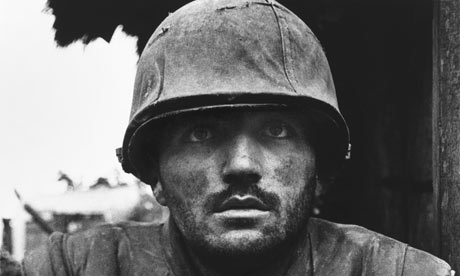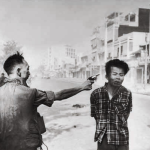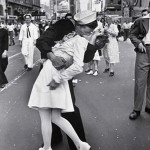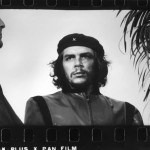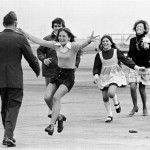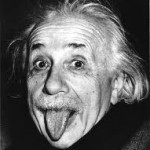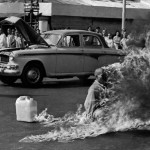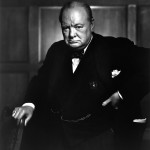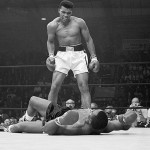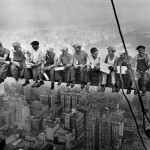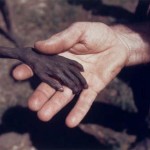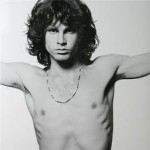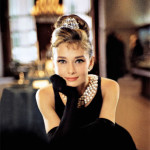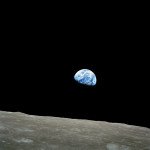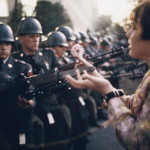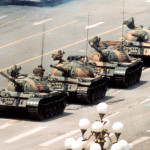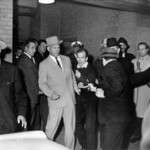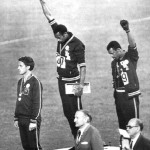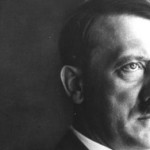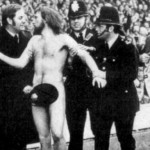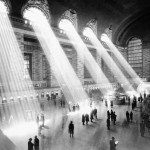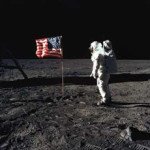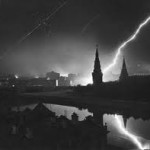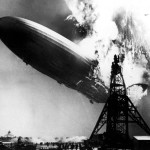i·con
1. a picture, image, or other representation.2. Eastern Church . a representation of some sacred personage, as Christ or a saint or angel, painted usually on a wood surface and venerated itself as sacred.3. a sign or representation that stands for its object by virtue of a resemblance or analogy to it.4. Computers. a picture or symbol that appears on a monitor and is used to represent a command, as a file drawer to represent filing.5. Semiotics. a sign or representation that stands for its object by virtue of a resemblance or analogy to it.
…but much more than any of those definitions, an iconic photograph (in this case) is one remembered by those who see it. Consider this quote:
“To be truly iconic an image must also carry with it some connection to a larger contextual meaning. Warhol’s soup can is not just a soup can. It symbolizes the artistic movement out of which it arose and tells us something about the times in which it was created. I culled some images that seem to fit this awkward definition I am trying to pull together. I’m not sure all qualify as ’iconic’. I found the determination to be very subjective. Yet, the more subjective the link to some broader meaning, the less likely the image is to be truly iconic. It must represent something beyond what is pictured to some significant subset of the population.”
Some, like Iwo Jima, become symbolic for a nation of its own struggle. How often can a photograph have been made into a sculpture? The image may inspire a new generation to understand the history and context, to explore for themselves just why the image is that significant.
There are many photographs that have achieved iconic status, of which the ones below are merely a sample taken from all walks of life and using many different themes: wartime, normal life, poverty, sport, music, celebrity life, terrible and tragic events, major events in the achievements of mankind, you name it. Look around, there are galleries full of them, websites dedicated to them (see here, here and here for example.)
So what factors that differentiate them from ordinary run-of-the-mill photographs? Possibly these:
- They capture exactly the right moment that cannot be repeated, such that one image stands out from the crowd.
- Many of them, even through a single shot, tell a story more graphically than any video, sometimes with the camera merely observing events as they unfold and sometimes with a political agenda.
- Their images are scorched on your mind forever; they have an emotional, indelible, haunting quality that stays with you.
This website quotes Peter Howe, whose career has included stints as director of photography at Life magazine and picture editor at The New York Times Magazine:
“I think the most important common denominator is that they strike us on a very deep emotional level, and the emotions are usually some of the deepest emotions that a human being can feel: heroism, fear, grief, joy… These images appeal to something we all feel…. If you take, for instance, Alfred Eisenstaedt’s picture of the sailor kissing the nurse in Times Square on VJ Day: I think you could take that photograph to any country and any culture and you would get a similar sort of response to the joyfulness of it all. Maybe some countries would not like a public display of a woman being kissed by a man in public, but there is a sort of joyfulness about that picture which I think is universally appealing.”
A very significant proportion are in black and white, possibly the sharper, starker contrast helps the subject to stand out? The technique and composition of the picture clearly makes a difference, the skill being to focus on just sufficient detail to bring home the key message but exclude ephemeral information that distracts the viewer, unless it is also relevant.
But then no picture could exist without its subject matter, so having the photographer on hand at the right place and the right time is critical. Their vision makes the difference, all the more so in war zones, where some of the greatest and most significant shots have been taken.
In some cases the significance is not readily apparent at the time – who could have known at the time that Che Guevara would turn out to be a poster on every student wall, for example? Who would realise at the time just how important the DNA model turned out to be?
But then great pictures don’t have to be news stories, nor photojournalism to capture the zeitgeist. They can simply be images of great beauty in their own right, such as Jim Lovell’s shot of the earth from space, or the sunlight flooding into Grand Central Station, NYC, through the great windows high above the concourse.
Of the pictures I’ve included, if I had to pick a favourite it would be Don McCullin‘s shell-shocked soldier, the eyes dead and cold. It was taken in Vietnam but says everything you ever needed to know about any war at any time. But rather than reading about them, look at these shots. They are each outstanding in their own way, they each tell a story, they capture a moment.

